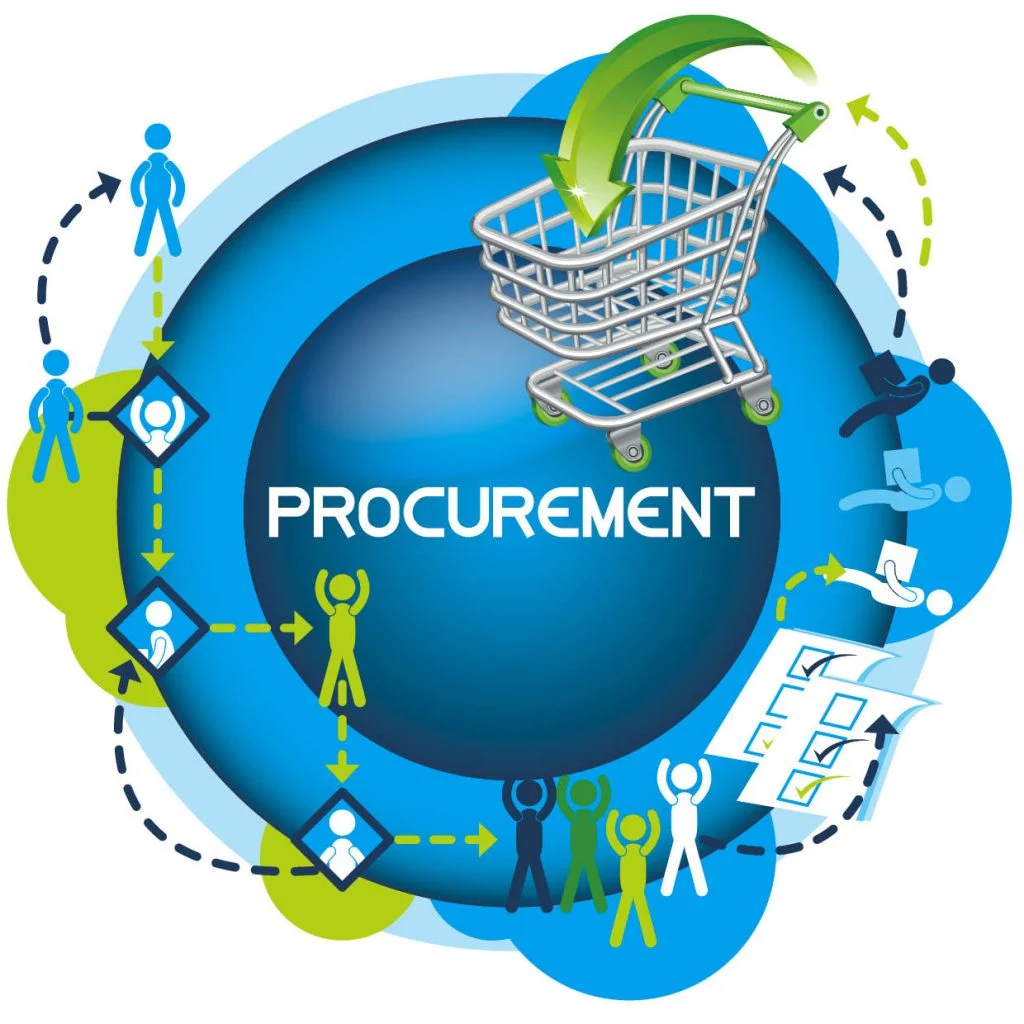Procurement is a critical business function that can have a significant impact on your business’ bottom line. With the increasing complexity of procurement processes, SMMEs are looking for ways to streamline their procurement process to save time, reduce costs, and improve efficiency. One of the most effective ways to achieve this is through automation.
In this article, we’ll explore how automation can help streamline your procurement process, and discuss some of the best practices to follow when implementing an automated procurement system.
Automated Purchase Orders (POs)
Creating purchase orders can be a tedious process that requires a lot of manual data entry. Automating the creation of purchase orders can eliminate the need for manual data entry, reducing errors, and saving time. Automated POs can also help you track and manage inventory levels more effectively.
Electronic Invoicing
Automated invoicing can streamline the accounts payable process, reducing the time and cost associated with manual processing. Electronic invoices can also reduce errors and improve the accuracy of your financial data.
Supplier Relationship Management (SRM)
Implementing an SRM system can help you manage your suppliers more efficiently, including automating communication, managing contracts, and tracking performance metrics. This can help you build stronger relationships with your suppliers, improve supplier performance, and reduce supply chain risk.
Automated Approval Workflows
Automating the approval process for purchase orders and invoices can help speed up the procurement process and reduce the risk of errors. Automated approval workflows can also help you maintain compliance with internal policies and external regulations.
Spend Analytics
Implementing an automated spend analytics system can help you gain visibility into your procurement spend, identify cost-saving opportunities, and make data-driven decisions. This can help you optimize your procurement process and reduce costs.
Contract Management
Automating your contract management process can help you manage contracts more efficiently, including automating renewal reminders, tracking key dates, and managing approvals. This can help you avoid missed deadlines, reduce risk, and ensure compliance.
Best Practices for Implementing an Automated Procurement System
To get the most out of your automated procurement system, here are five best practices to follow:
- Define clear objectives: Before implementing an automated procurement system, define clear objectives for what you want to achieve. This can help you identify the right system and ensure that you get the expected results.
- Choose the right system: Choose an automated procurement system that fits your specific needs and integrates with your existing systems.
- Train your staff: Proper training is critical to ensure that your staff can use the new system effectively. Invest in training to ensure that your staff is comfortable using the new system.
- Monitor performance: Monitor the performance of your automated procurement system regularly to identify any issues or areas for improvement.
- Continuously improve: Continuously look for ways to improve your procurement process and optimize your automated system to achieve better results.
In conclusion, Automating an SMEs procurement process can help save time, reduce costs, and improve efficiency. By automating routine tasks, the promoter can focus on more strategic activities that drive value for business. By following best practices and implementing the right automated procurement system, SMEs can streamline procurement processes and achieve better results. So, go ahead and give automation a try, and you may be surprised at how much more time you have to spend on the things you enjoy!
Kefa Nyakundi is a Financial Consultant and co-founder/CEO of Mtaji Technologies

